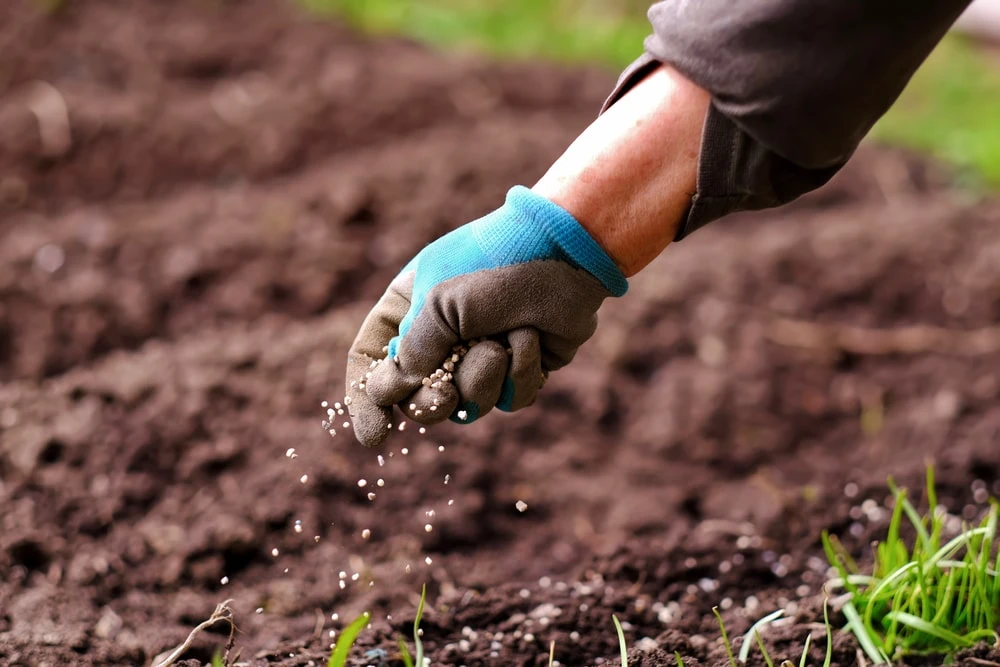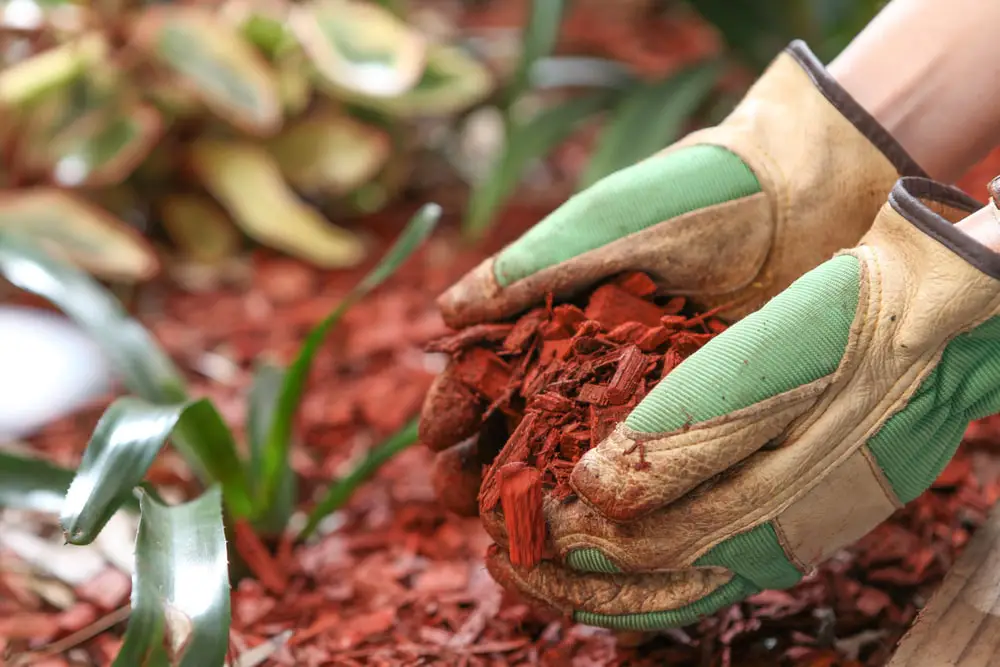How to Winterize Your Landscaping
.webp)
As colder weather approaches, getting your landscaping ready for the fall and winter seasons is an important step that can help ensure everything is healthy when spring arrives. If you’re not sure where to start, that’s okay. Many people are not sure how to winterize their yard—or even know that they need to. Consider handing over this task to a professional landscaping company to make sure everything is done correctly to keep your landscaping looking its best.
Table of Contents:
Start with Sprinklers
.webp)
Before the weather turns too cold and things begin to freeze, your sprinkler system needs to be drained of any excess water. If you avoid taking this necessary step with your irrigation system, the lines can freeze, crack, and leak once the temperatures drop. Experts start by accessing the sprinkler system and addressing any repairs that need to be made before winterizing begins. Once this is done, they’ll locate the irrigation shut-off and manually open the irrigation valves to remove any water that’s remaining. This process can be difficult, since it involves draining the backflow preventer and blowing air through the entire system to ensure it’s completely dry.
Remove Fallen Leaves

Removing fallen leaves is an important part of maintaining a healthy, vibrant lawn throughout the fall and winter. Although the process can be tedious, your landscaping service can get rid of most of the leaves and perform other fall clean-up chores. Whether they mow leaves or use a standard rake or leaf blower, they may wait until the leaves are dry to make the process of gathering them more efficient. Some homeowners choose to have their leaves composted or turned into mulch, which can be used to improve the long-term health of their lawn and garden. It’s important to remember—leaves left to sit and decompose on your lawn could thin, or eventually kill your lawn when warmer weather returns. So, stay on top of fallen leaves throughout the colder months to make sure your lawn is healthy when warm weather returns.
Prune Trees and Shrubs

Pruning trees and shrubs is an excellent way to ensure they stay healthy the whole year. The pruning process will also help minimize the risk of injury, or damage that may result from broken or falling branches caused by winter storms. However, if you don’t have the proper tools and know-how, pruning trees or shrubs can be challenging and even dangerous. Depending on the height and size of your trees, it’s usually best to hire a professional landscaper to prune them.
Fertilize with Caution

Since plant roots continue to grow throughout the winter, fertilizing your lawn and beds is an important part of winterizing your yard. However, certain types of fertilizer need to be watered in to be effective, otherwise they can actually damage your lawn. If the proper nutrients are given to your plants and lawn during the winter months, your landscaping should continue to be lush and green during the growing season. Before applying fertilizer, a professional should test your soil to determine which nutrients need to be added for optimal lawn health. Based on most fall lawn care schedules, only one fertilizer session is required during the winter and should take place right after the last mow of the fall.
Add Mulch

When winterizing your yard, your landscaping service will often add mulch to the base of various plants and trees. This helps maintain an even soil temperature, which puts less stress on your plants, shrubs, and trees. Adding mulch also helps conserve water, because it retains moisture and provides your landscaping with a source of water during the colder months of the year. The type of mulch they use—chips, plastic, stones, grass clippings, cocoa hulls, wood shavings, straw, bark chips, or pine straw—will determine how much moisture is retained and how well insulated plants and trees are during colder months. Since mulch material like bark, chips, and wood shavings require more maintenance than others (like stone or plastic) your landscaping service can help you maintain it throughout the year.
Wrap Shrubs
.webp)
Landscaping experts recommend wrapping your plants, shrubs, and small trees to keep them warm during the winter. If you think parts of your landscaping may need to be wrapped, talk to the professionals about it. They’re the experts when it comes to using twine, burlap, or plastic to cover and protect your landscaping from the harsh winter weather. When done correctly, your plants, shrubs, and trees will continue to grow throughout the winter and look beautiful once the warmer weather returns.
Professional Winter Landscape Maintenance Services
Winterizing your landscaping is a necessary part of ensuring a healthy and vibrant yard the following spring. But it’s not easy work. Fortunately, The Grounds Guys can help you implement a winter maintenance schedule that will keep your yard in great shape throughout the year. To learn more about preparing your lawn and plants for winter, take a look at this checklist based on your climate. Contact The Grounds Guys today to learn more about all the landscaping services we offer or to request a free estimate.
 Click to call
Click to call


